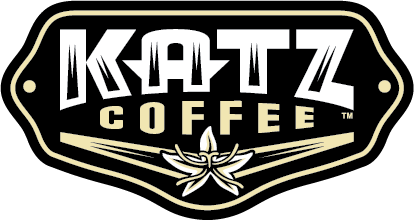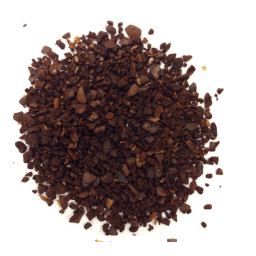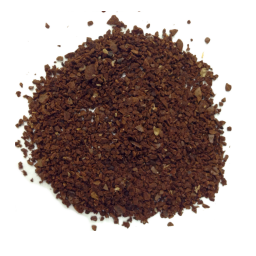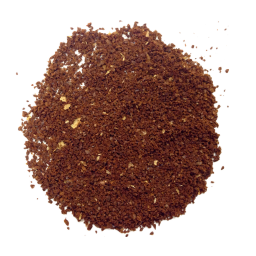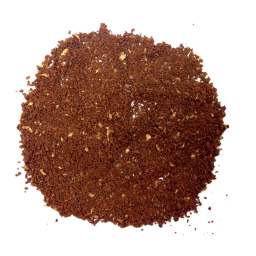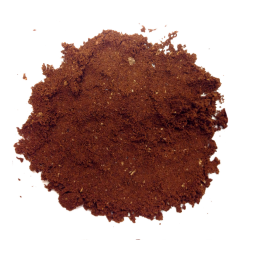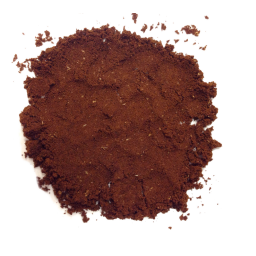The Grind
Brewing good coffee requires the right grind for the right coffee maker. Different coffee brewing techniques require different grinds. How coarse or fine coffee is ground is critically important to making good coffee! Coffee ground too fine will delay the brewing process and produce a bitter cup; conversely, coffee ground too coarse will speed up the brewing process and produce a watery, less robust beverage. You must also be aware that temperature and humidity will affect the espresso extraction process. A grind that works well on a cold, dry, day may also need to be adjusted when it's hot and humid.
The Rule of Thumb
The faster the brew method, the finer the grind. For example, use very finely ground coffee for espresso (which brews in seconds) and coarsely ground coffee for a French Press (the coffee needs to steep for 3 to 4 minutes).
Finer = Stronger.
A finer grind of the same amount of coffee will result in more extraction, hence a stronger coffee taste. If this tastes too bitter, you can use a coarser grind. at the same time, you might want to add more coffee to provide enough extraction for the strength you want.
Weak Coffee?
If your coffee tastes weak, you may want to try grinding it a little finer.
Too Bitter?
If you detect bitterness, try grinding a bit more coarsely next time.
